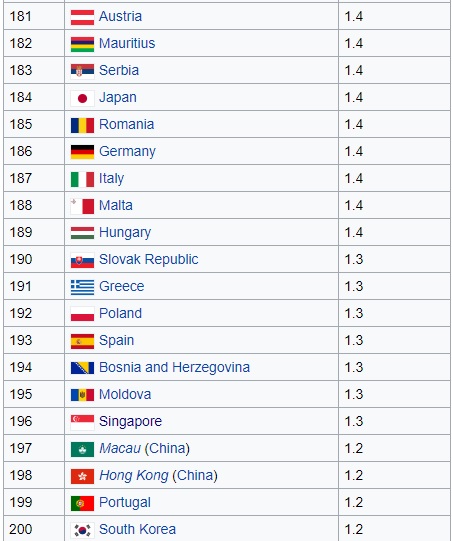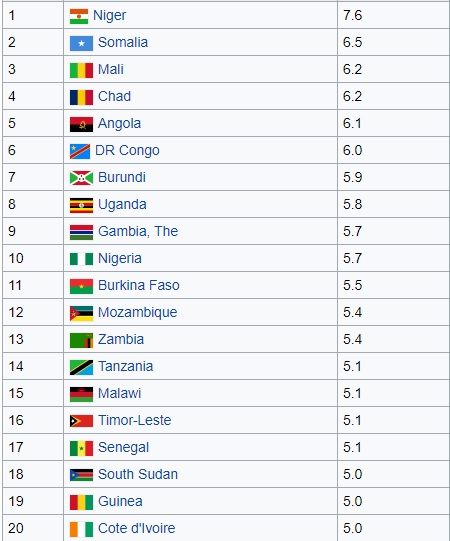I will occasionally pontificate about a demographic crisis in the developed world, but I usually feel guilty afterward. After all, how can it be a bad thing that we’re living longer? And what gives me the right to grouse about the number of children other families decide to have?
What I should be saying instead is that demographic changes are forcing us to recognize that we have a crisis of bad public policy. To be more specific, the entitlement state has become too large.
That’s the message I tried to get across in an interview earlier this week.
At the risk of oversimplification, I basically stated that there are two crises in the world.
The first crisis, based in the industrialized world, is that tax-and-transfer welfare states were created back when there were lots of workers and relatively few old people, and most people assumed that demographic profile would always exist.
But now that the “population pyramid” is becoming a “population cylinder” (I was talking faster than I was thinking in the interview and reversed the two concepts at one point), there aren’t going to be enough workers to finance all the redistribution programs, particularly the ones that funnel money to the elderly.
This is a big reason why nations such as Greece and Italy already are in deep trouble and why it’s just a matter of time before the fiscal crisis spreads to France and Japan (and the United States if we don’t enact genuine entitlement reform).
Here’s a table, based on World Bank data, showing the 20 jurisdictions with the lowest fertility rates. Which means, of course, the places with the fewest future taxpayers to finance redistribution.

The second crisis, based in the developing world, is that pervasive statism suffocates growth.
And while I largely agree with the late Julian Simon about people being a resource rather than a liability, if a nation has a bloated and intrusive public sector that stifles the private sector, then a growing population can be a bad thing.
But it’s not the growing population that’s bad, it’s the statist policies. Here’s a list of the 20 counties with the highest fertility rates. The majority of them are ranked in the “least free” quartile according to Economic Freedom of the World. And none of them are in the “most free” quartile.

But the most important part of the interview, at least when thinking about problems in the industrialized world, is when I pointed out that nations such as Singapore don’t face a big problem.
Yes, Singapore has one of the lowest fertility rates in the world, but it also doesn’t have a pervasive tax-and-transfer welfare state. People are responsible for saving for their own retirement and healthcare. So the absence of future taxpayers isn’t a major challenge because the system doesn’t need to be propped up with tax revenue.
And the same thing is true in Hong Kong, another jurisdiction that is in good long-run shape even though the fertility rate is extremely low.
P.S. Given the demographic changes that are now occurring, many governments with big welfare states now recognize that they have a problem. Unfortunately, many of them think the solution is to artificially encourage more babies rather than entitlement reform.
———
Image credit: Pedro Ribeiro Simões | CC BY 2.0.

